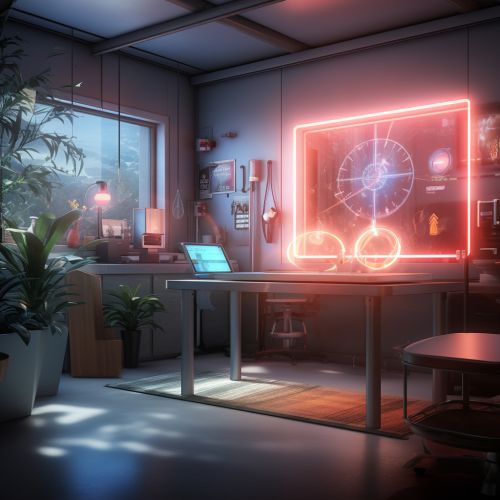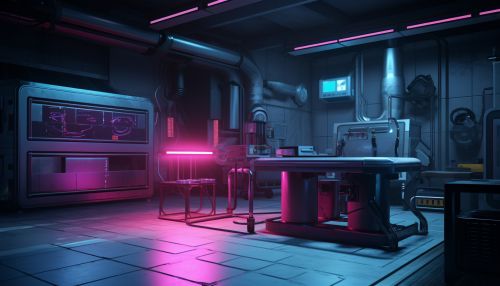UVC radiation
Introduction
Ultraviolet C (UVC) radiation is a type of ultraviolet radiation that is categorized as the most dangerous of the three types of UV radiation, due to its strong energy. UVC radiation has a wavelength range of 100-280 nanometers (nm), shorter than both UVB and UVA radiation. It is also known as "germicidal UV" because of its strong germ-killing properties.


Properties
UVC radiation has the shortest wavelength and the highest energy among the three types of UV radiation. Its high energy makes it extremely effective at killing or inactivating microorganisms, such as bacteria, viruses, and fungi, by damaging their DNA or RNA. This germicidal property of UVC radiation makes it a powerful tool in sterilization and disinfection processes.
Sources
Natural sources of UVC radiation include the sun and certain types of stars. However, the earth's ozone layer absorbs virtually all UVC radiation from the sun, preventing it from reaching the surface. Artificial sources of UVC radiation include germicidal lamps, mercury vapor lamps, excimer lasers, and LED lights.
Applications
UVC radiation has a wide range of applications due to its germicidal properties. It is used in various fields, including healthcare, food and beverage industry, water treatment, and air purification.
Healthcare
In healthcare settings, UVC radiation is used for sterilizing surgical instruments, air in operating rooms, and hospital rooms to prevent the spread of infections. It is also used in the production of medical devices to ensure their sterility.
Food and Beverage Industry
In the food and beverage industry, UVC radiation is used to sterilize food products and beverages, as well as the equipment used in their production. This helps to prolong the shelf life of products and ensure their safety for consumption.
Water Treatment
UVC radiation is used in water treatment processes to disinfect drinking water and wastewater. It effectively kills or inactivates harmful microorganisms, making the water safe for consumption or release into the environment.
Air Purification
UVC radiation is used in air purification systems to kill or inactivate airborne microorganisms, improving indoor air quality.
Safety and Health Effects
Exposure to UVC radiation can have harmful effects on the skin and eyes. It can cause skin burns and eye injuries, including photokeratitis and cataracts. Therefore, it is important to use protective equipment when working with UVC radiation.
Future Research
Research is ongoing into the potential uses of UVC radiation in various fields. One area of interest is the use of UVC radiation in combating airborne diseases, such as tuberculosis and influenza. Another area of research is the development of UVC LEDs for use in disinfection applications.
